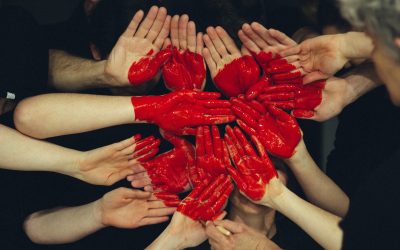SZKOLENIA
‘The circle of identity’ – how to talk about identity in an international group?
Agnieszka Zawiślak
In today’s world, which strives to personalize and individualize almost every process, in which the uniqueness of each of us is emphasized, we often forget about something very important.
About what?
About bonds and identities built in groups and communities.
That we are not disconnected entities, because if that were the case, we would die.
The feeling of belonging to a group, identification with others is sometimes the first step to determining who I am and to building a sense of security.
What is identity?
Identity is the way we define ourselves, a set of answers to the question: “Who am I?”. Our identity consists of, among others such dimensions and features as: age, gender, gender identity, psychosexual orientation, nationality, ethnicity, skin color, religion or non-denominational status, health status, fitness level, appearance, social and economic status as well as the profession we perform, marital status, family status, education, political views or belonging to social organizations.
We can also divide identity into primary and secondary. The first consists of those features of our identity that are innate (e.g. skin color), acquired or assigned to us, and on whose change we have no influence or this influence is very limited. Secondary identity are those qualities and belonging that we acquire or are assigned to us during our lives (e.g. education and profession). They depend heavily on our decisions and choices – we influence them.
Identity is a very complex, fluid and often variable construct, thanks to which we define ourselves, feel belonging to given people and places, give meaning and reason to our choices and actions.
Why think about identity?
Identity, especially nowadays, which is characterized by mobility, dynamism and constant change, should be a subject for individual reflection that will help discover the values behind our life choices.
And in groups, especially international ones, it can become a starting point for difficult but necessary conversations about stereotypes, prejudices or discrimination.
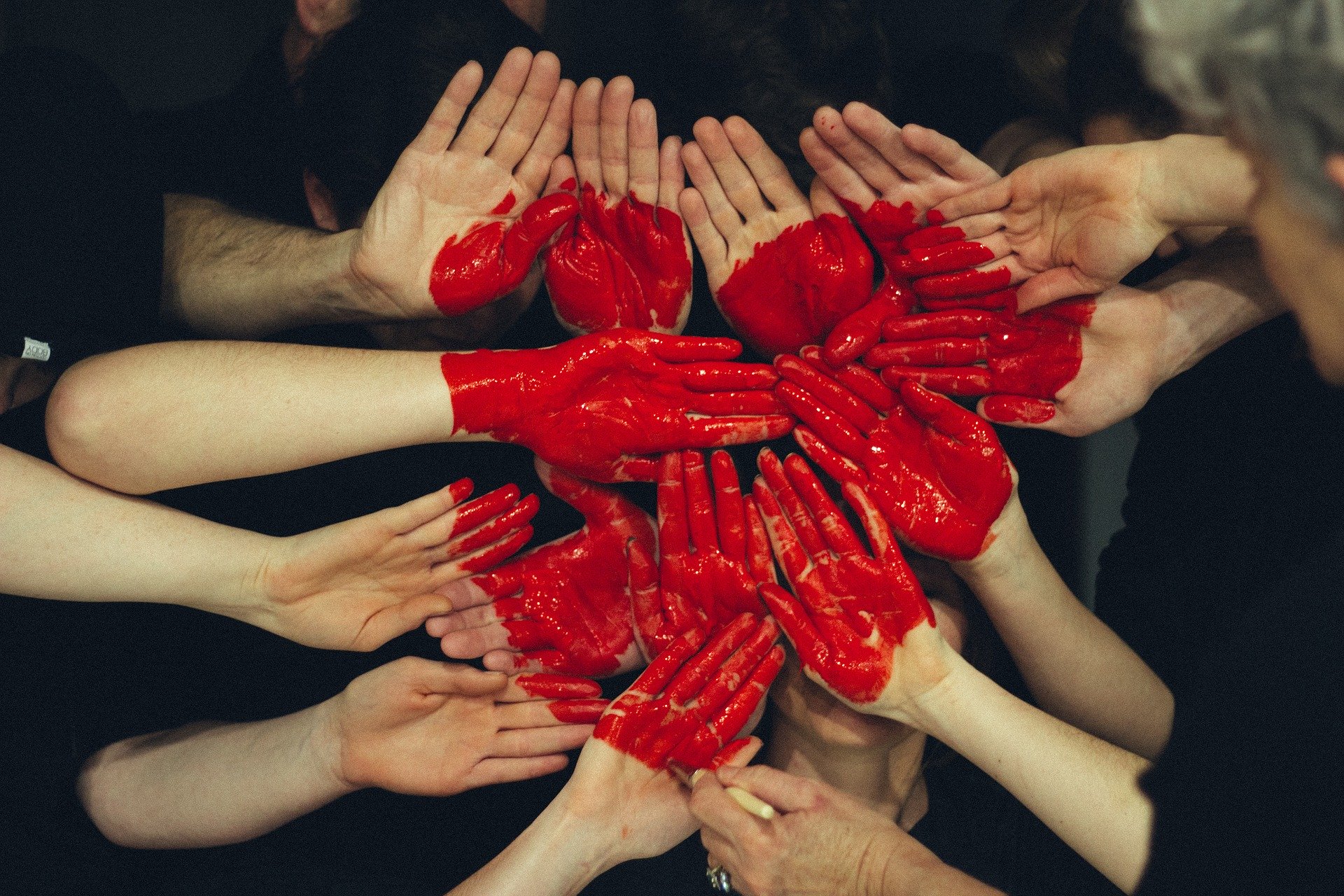
Our identity should be a compass in choosing the best solutions, in leading us to satisfying relations and in acting according to our values.
The circle of identity
The tool that helps us discover what creates us and what affects us, is the exercise ‘Identity Circle’.
I suggest you do the exercise in a group setting. The identity circle – a tool that shows how much we have in common and how much we differ. I suggest doing this exercise at an advanced stage of the group process, because it requires high exposure.
It helps to recognize the causes of conflicts in the group and can re-build communication based on mindfulness of each other.
Prepare a drawing of a circle, divide it into 8 equal parts and in each part write the categories to which we belong or the roles we play in our lives. After completing all the parts, ask the participants to choose 1 or 2 roles, which they consider the most important at the moment. It is important that you give enough time and attention to reflect on this stage of the exercise.
If you work with a group, go to the next stage, which is reading aloud specific categories and asking people whose belonging falls in a given category to get up from their place. An additional element is the question whether this category is the most important – if so, ask these people to stand a little longer, and ask the rest to sit down.
It is worth reminding the group that during the whole exercise they should remain silent and refrain from any comments, but carefully observe themselves and the rest of the people.
Examples of categories in which selected groups or roles will fit may be: religion, origin, gender, sexual orientation, occupation, age, social status, hobby, family, friends, school, sport, volunteering, political orientation, language, national minority / ethnic, music and art, eating habits, etc.
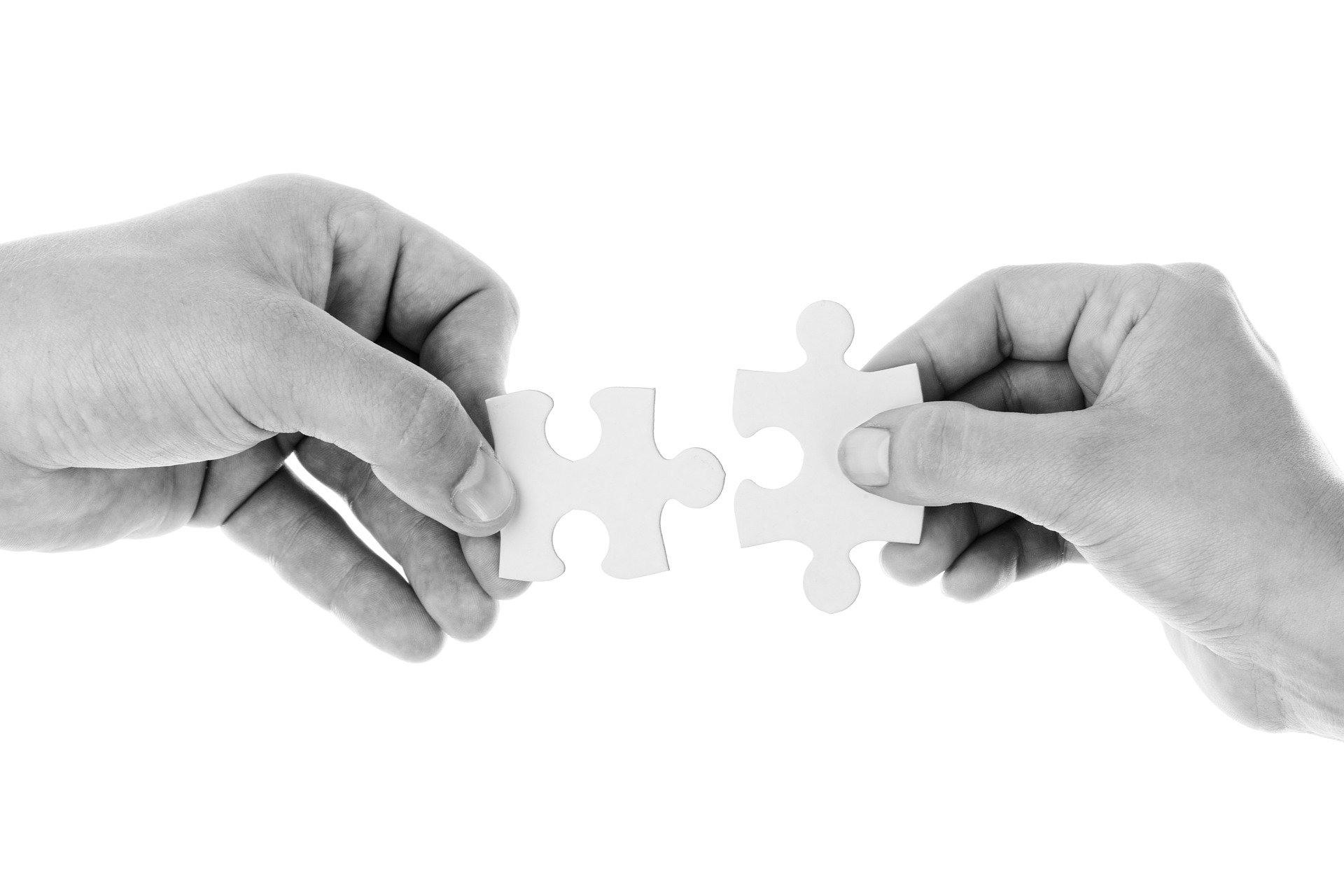
Identity is a very complex, fluid and often variable construct.
After the exercise, it is good to ask questions for self-reflection:
- How did you feel during this exercise?
- What was difficult for you?
- How did they feel when you stood alone, and how when almost everyone stood?
- What surprised you?
- Was there any category that you found difficult to stand for?
- Why was it difficult to explain why you belong to a group?
- Why is this category important to you?
After this debriefing, it is worth to talk about identity, ask what affects it? What can mean that we “identify with” something? Is it something unchanged? And also how it is when the sense of what defines us is changeable. And what does this change depend on.
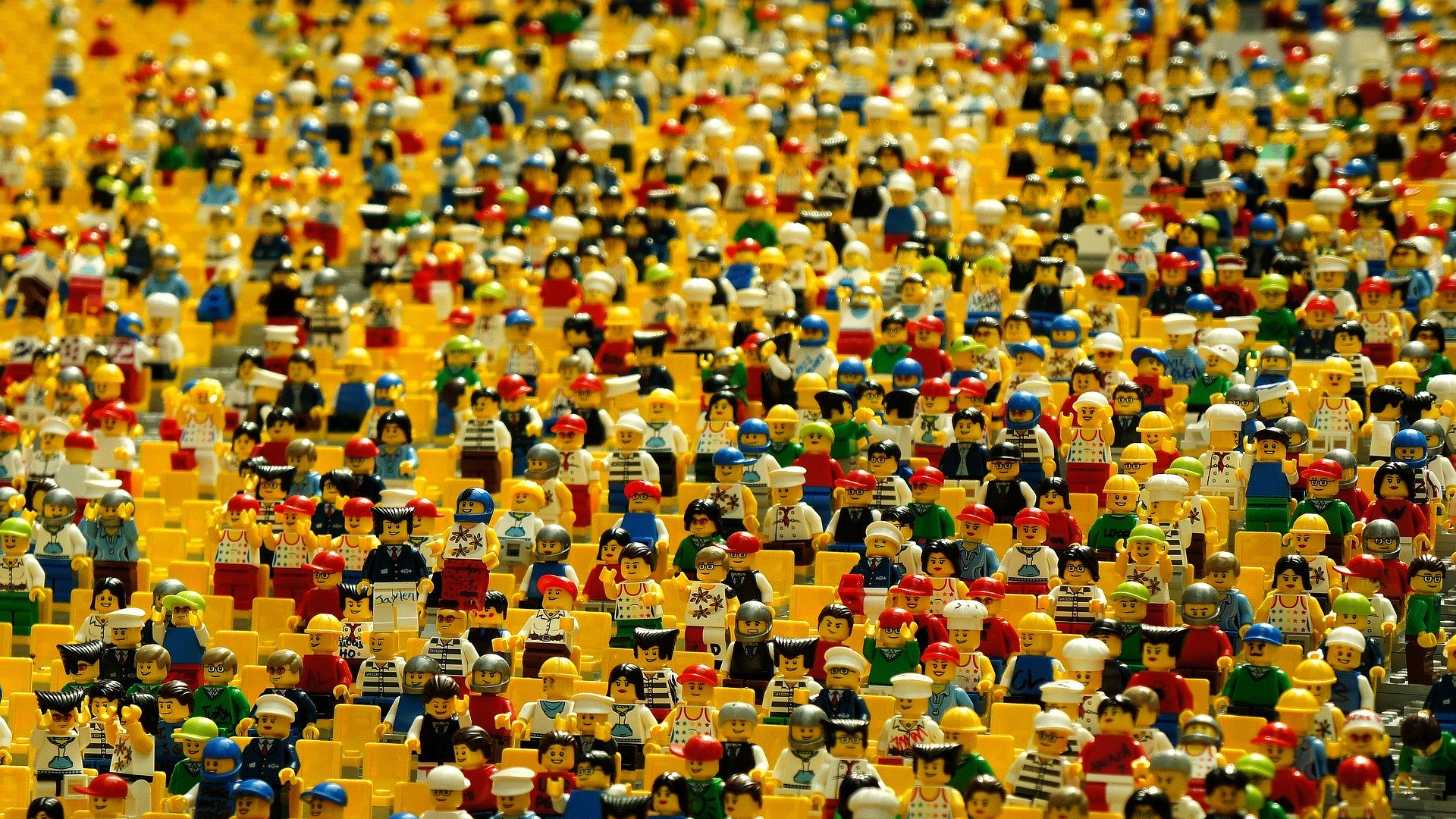
The topic of identity raised in a group, especially international one, can become a starting point to difficult but necessary conversations about stereotypes, prejudices or discrimination.
Summary of the exercise
If we have time and space, here it is worth introducing the concept of a stereotype and refer to their consequences. Such in-depth discussion means that many groups, including international ones, begin to empathize with each other and understand that many people are persecuted and discriminated because of characteristics that do not depend on them.
Finally, you can ask if this exercise has somehow changed the perception of participants’ identity? And whether and why it is sometimes worth considering?
What effects can be expected after the exercise? Let’s sum them up:
- Increased self-reflection.
- Fewer conflicts in the group.
- More empathy in communication.
- A sense of belonging to a group.
- Identifying prejudices and stereotypes and reducing their impact on participants.
Our identity should be a compass in choosing the best solutions.
Identity is an opportunity to change.
Identity is a bridge to communicate with other people.
That’s why it’s worth embracing it.
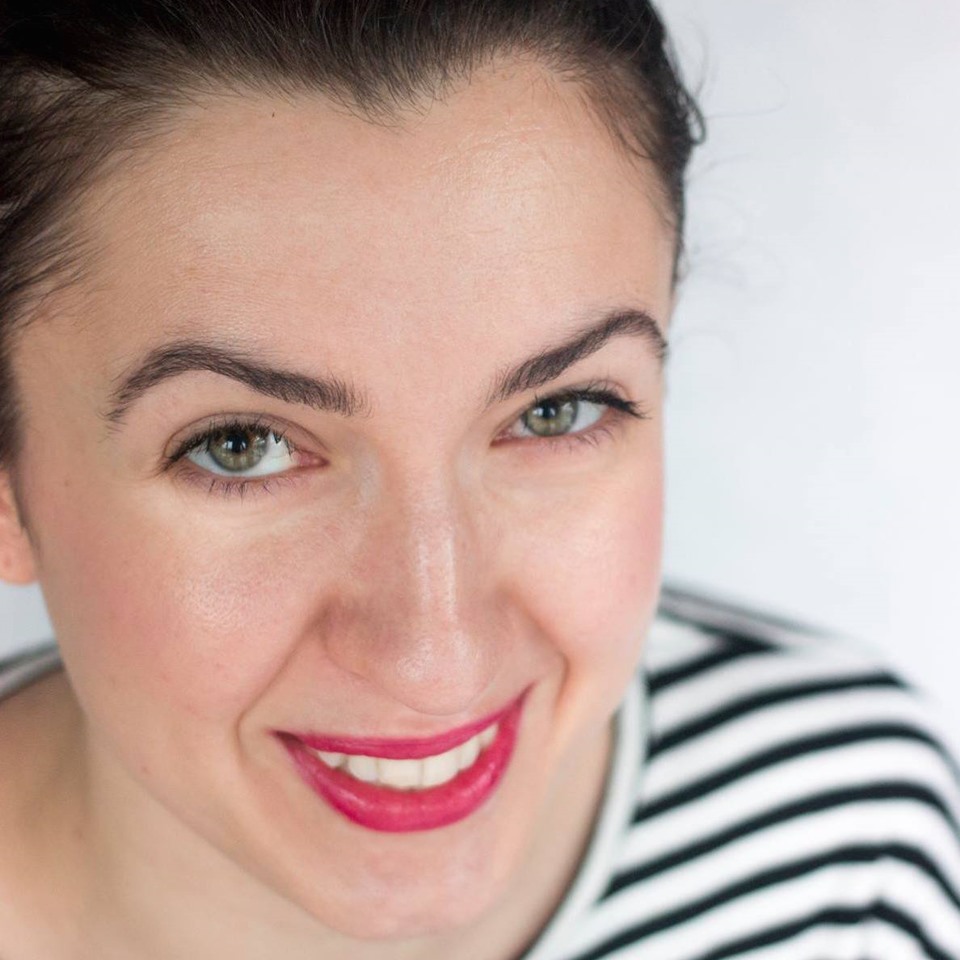
About the Author:
I am a coach and educator, so naturally in my work I focus on the process involving young people who are just choosing their path – both personal and professional. Thanks to meaningful conversation, being watchful at what the young client is pointing out, I help to discover real and personal needs and potential. Thanks to this the client can create the future based on his values and faith in his abilities. I love working with young people, who each time teach me a fresh perspective on life, spontaneity and uncompromising following their dreams.
This article is the result of ELEVATE project, implemented by Development Support Foundation Innovator.
Project is co-financed by the European Union under Erasmus + Programme. (KA1 – Learning mobility of individuals, Mobility of adult education staff, Agreement no. 2018-1-PL01-KA104-049658).
This project has been funded with support from the European Commission. This publication reflects the views only of the author, and the Commission cannot be held responsible for any use which may be made of the information contained therein.
Licencja CC BY-SA
BLOG Development Support Foundation Innovator is licensed under a Creative Commons Attribution-ShareAlike 4.0 License We kindly ask you to quote the author of the entry explicitly and the source: “The text is from the blog of the Development Support Foundation Innovator and is located at [link to the relevant entry] Author of the text: [name surname]”.
The CC-BY-SA license is excluded from the logo of the Foundation, to which all rights are reserved.



